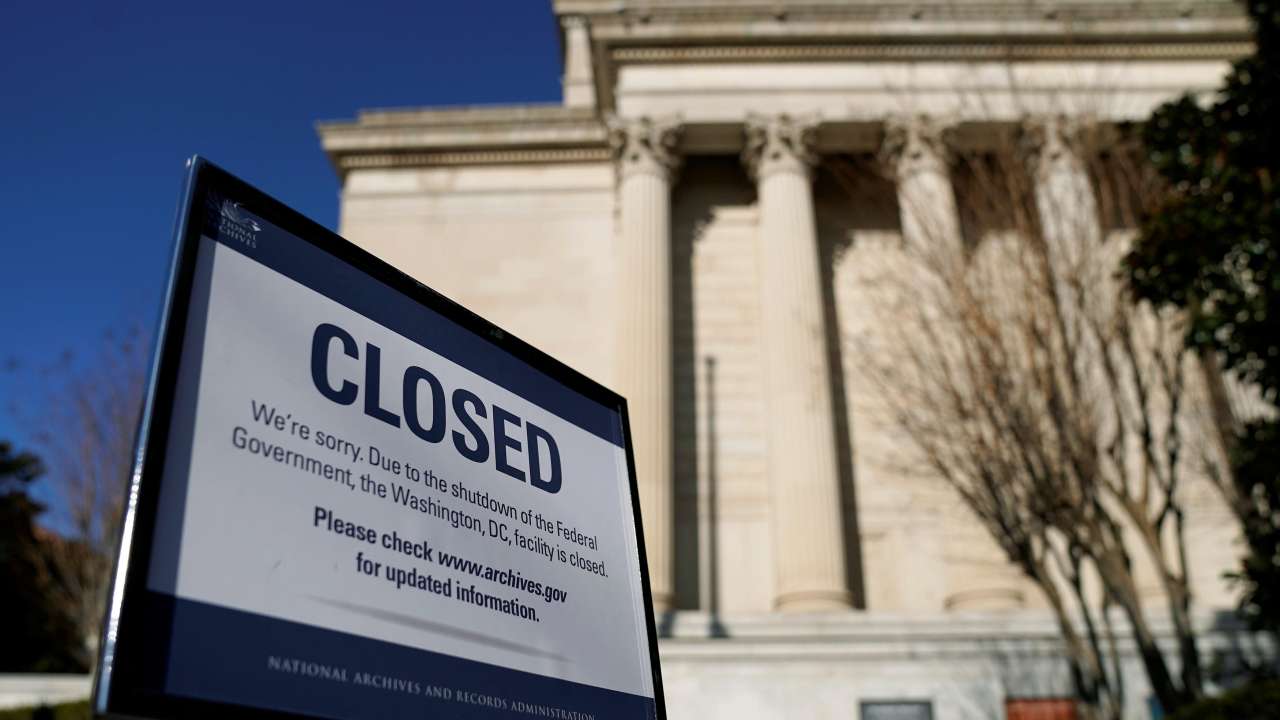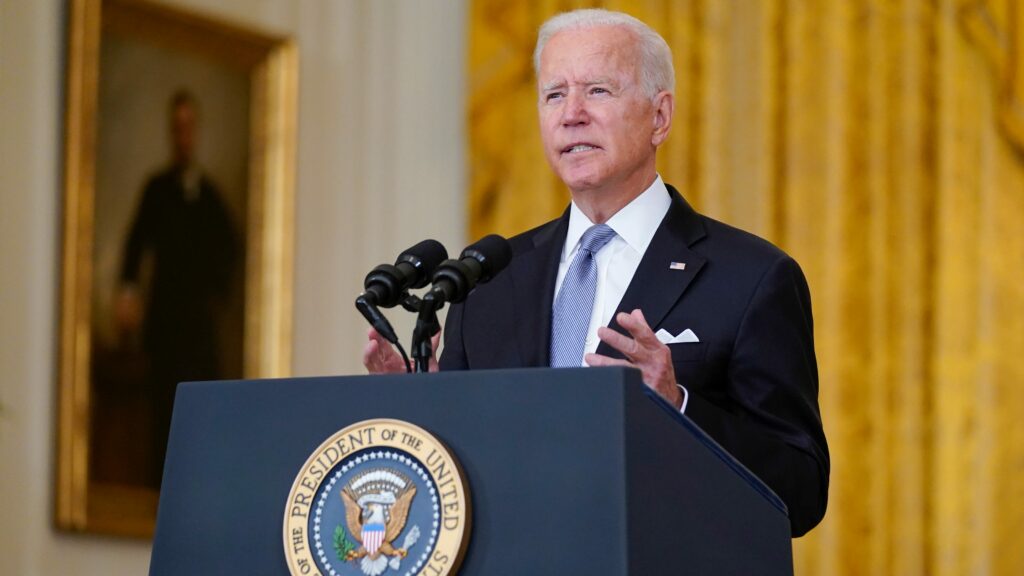Why US government is staring at a partial shutdown? Have they run out of funds? – huge social costs for the country

The world has been rather praising of the plans that the Biden administration has set for the United States during his first 4 years in the White House. While we are on toes to see how the bills and promises being talked about which such vigour actually unfurl, the news coming out of the administration is not very pleasing. If media sources are to be believed, the US government might soon enter a partial shutdown.
A partial shutdown means that non-essential activities of the government, including but not limited to furloughing of federal government employees, and a reduction in some government activities like social security, Medicare, health services, national parks, air travel and similar services may come to a temporary halt. Again, this list of services counts as non-essential and based on the extent of shutdown, these activities would come to a stop according to the list of priorities and the probable loss that they might lead to in the sectors.
Essential services, however, would continue to take place despite the shutdown and funding obstruction. The essential activities under the United States government’s responsibilities include armed forces, police departments et cetera.

The United States Congress is therefore trying to avoid this partial shutdown by passing the legislation to avoid this federal closure. We’ll discuss this in detail as we move ahead with this conversation.
So, it looks like the week at the Capitol would be rather eventful this week, since President Joe Biden and democratic leaders in the congress are trying to advance their USD 3.5 trillion “Build Back Better” bill and pass legislation to ensure avoidance of this federal shutdown hovering over the government of the United States.
Does this mean that the US government has run out of funds?
Well, this commonly believed interpretation of a federal shutdown is not particularly correct. A federal shutdown, both partial and complete, actually happens when congress fails to fund the government, resulting in a halt in all non-essential activities as mentioned above. Police departments and armed forces continue to function as is, irrespective of the fiscal fund crunch.
What do we mean by the congress failing to fund the government?
Well, these partial shutdowns that happen due to congress’ inability to fund the government is more of a contractual agreement problem than a funds problem. Allow me to elaborate.
With the advance of October 1, the beginning of the fiscal year for the United States, the congress would be passing 12 annual appropriation acts, allowing different federal agencies to withdraw money from the United States Treasury by handing them a legal basis for it. These appropriation acts contain the exhaustive list of the provision budget authority to obligate and expend funds from the United States Treasury for that year.
According to article 1 of the United States constitution, federal agencies of the Congress cannot withdraw money without these appropriation acts.
So, are the funds necessarily over? Not really. But is the deadline to use those funds over? Definitely.

Is this the first time any such event has happened, or is likely to happen?
Before we answer this question, let me draw your attention to the process so we better understand how it all actually takes place. We now know that appropriation acts give a legal basis to federal agencies to extract funds, and without it they are not permitted to extract the funds.
Now, sometimes, the President and the Congress fail to reach an agreement. President comes into picture from the fact that these appropriation acts are signed into law by the current President. When there’s lack of agreement by the end of a fiscal year, such a gap in funding is observed, which in turn implies the likelihood of a partial federal shutdown.
What a government does in such as case is to pass a stopgap funding bill to avoid the federal shutdown. Does this ring any bells to an event that took place in December 2020?
Well, such a stopgap funding bill was signed into law by the former United States President Donald Trump back in 2020 in an attempt to buy time for the dispersal and conclusion of Covid-19 relief negotiations.
What would happen if the government shutdown takes place?
The result of a federal shutdown would understandably have huge social costs for the country, both through losses in sectors and temporary layoffs of employees.

This includes non-essential activities of the government, including but not limited to furloughing of federal government employees, and a reduction in some government activities like social security, Medicare, health services, national parks, air travel and similar services.
To substantiate this argument using a past federal shutdown instance, note the November 1995 closure, where the government had put a halt on the non-essential activities for five days due to some lags in the agreement between the then president and the congress. Data released by Congressional Research Service post the event suggested that more than 800,000 federal government employees were temporarily laid off as an aftermath of the vent. Huge losses in the Medicare, health, aviation and other sectors were also observed.
This event took place shortly after again in the months of December and January for the same fiscal year, this time for around 21 days. But fewer federal government employees were affected this time at around 284,000. “Fewer employees and agencies were affected, because some funding bills were enacted during and after the first shutdown and before the second shutdown,” CRS noted.
What can the government do to avoid this federal shutdown right now?
A partial shutdown, if it takes place, would lead to causes in terms of furloughed federal employees and losses due to lack in activity in sectors like healthcare, Medicare, social security et cetera. Along with direct losses due to inactivity, a federal shutdown would also have a considerable social cost, as assessed last time by the Congressional Research Service.
The cost of a federal shutdown on an economy keeps increasing, the longer the shutdown stays in place. This means that the congress would have to be quick on its feet to avert this crisis because if it stays, the economy would have to suffer for quite some time.
Undoubtedly, a federal shutdown at this economic recovering stage would not be the most ideal thing because the country has been trying to overcome the losses generated by the pandemic for quite some time now. Therefore, it is imperative for the United States government to try and avert this federal shutdown, because losses, in terms of sectoral slowdown and temporary layoffs would cause big holes in their pockets.
To do so, The Congress will have to enact some kind of legislation. The Senate has been working on the preparation of approval of the legislation that would permit funding of the federal government till the last month of this year. If, however, the Senate approves the measures, the House is likely to also approve these measures before midnight today.
These legislation, if enacted, will pave way for the provision of fund and cover the various programmes that are covered under the appropriation acts. The problem, however, is in if the legislation fails to be approved, in which case the government would have to shut down and the repercussions of whom would be followed thereafter.
President Joe Biden on Thursday night signed Congress’ stopgap funding bill to avert a shutdown and extend government funding through December 3, according to the White House.
Government funding had been set to expire at midnight, but Democratic congressional leaders, who control both chambers of Congress, had projected confidence that the government would remain open. The bill passed the House and Senate earlier in the day with a bipartisan vote.
Biden, in a Thursday statement, said that “the passage of this bill reminds us that bipartisan work is possible and it gives us time to pass longer-term funding to keep our government running and delivering for the American people.”
Edited by Sanjana Simlai.




